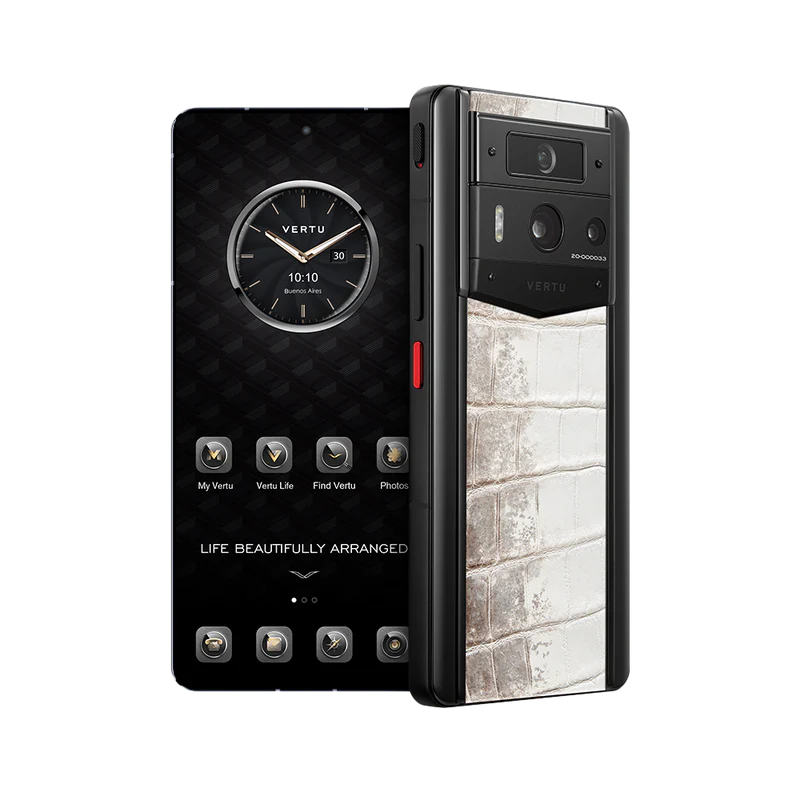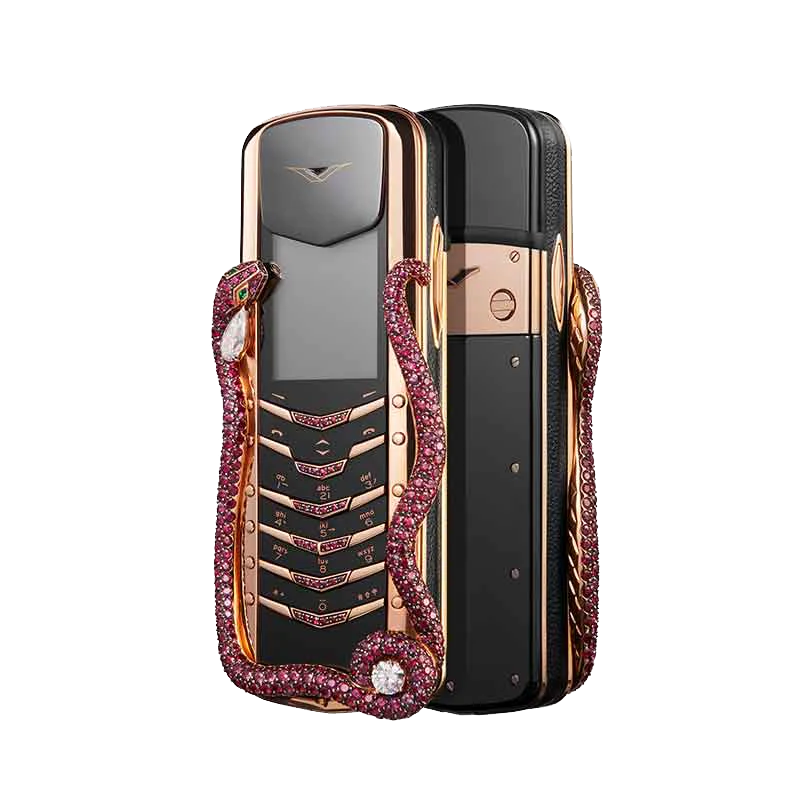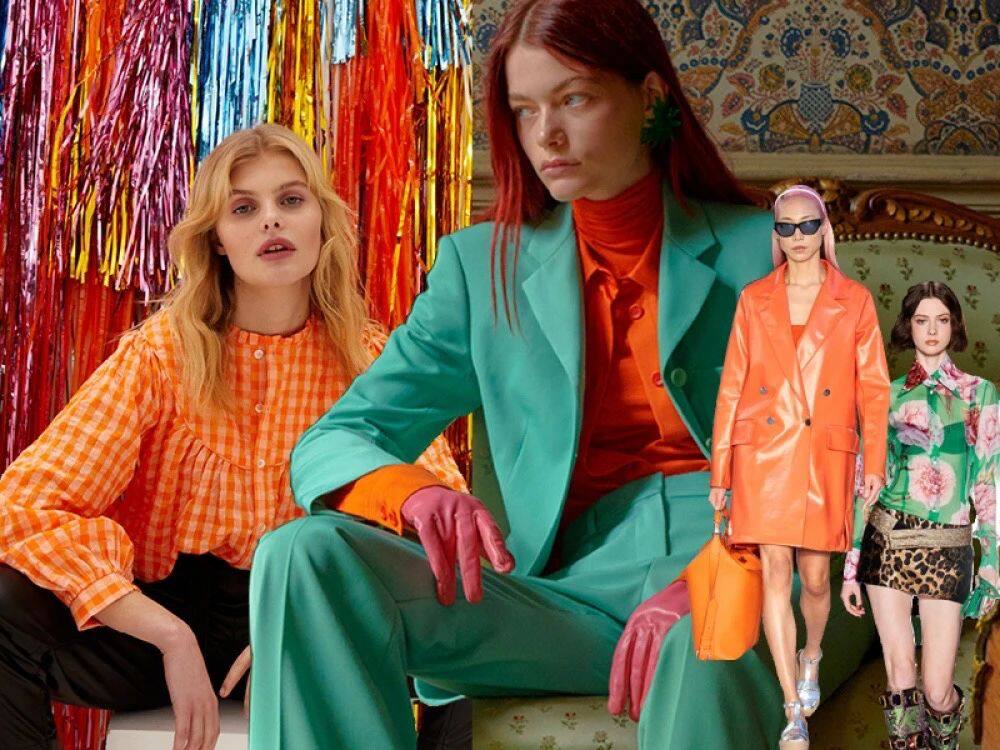Recently, have you been overwhelmed by dopamine dressing? From the sweet, cool and spicy girls at major music festivals to the dazzling clothing launched by various fashion brands, the bright color matching in the movie “Barbie”, and recalling Pantone’s 2023 color of the year “Viva Magenta”, it’s as if the color palette of the world has been overturned, and a joyful atmosphere is coming towards us. How else can “dopamine” be created? Today, we will take you through the homework!

The arrival of summer has seen a surge in the popularity of “dopamine dressing” across the internet. This dazzling style of dressing can stimulate the secretion of a happiness hormone called “dopamine” in the brain through the use of bright colors. You could say it’s a tool to attract attention, or perhaps a form of crazy aesthetics. After all, the pandemic has kept people at home for too long, and now that life is opening up again, the public is eager to release their emotions. Maybe you also want to be the most stunning person on the street.

As early as 2012, the renowned fashion psychology professor Karen Pine conducted research on this topic – relatively cheerful colors can stimulate people’s positive emotions. The scientist Albert Einstein also said, “If you want to obtain a variety of things, you must try the unknown field.” Dressing is also like this. When people occasionally take off black, white, and gray, and put on fresh colors, they will surely gain another mood.
01 Dopamine puncture
*Professor of Fashion Psychology Karen Pine*
Under the deluge of revelry initiated by dopamine dressing, people are more eager to gain the long-lost happiness. The 101-year-old fashionable grandmother, Iris Apfel, has grasped the essence of dopamine dressing – mentality. Now a centenarian, she still loves to wear exaggerated clothes that are hard to accept and seem crazy in public aesthetics. She doesn’t care about others’ strange looks, after all, wearing the clothes you like can bring joy.
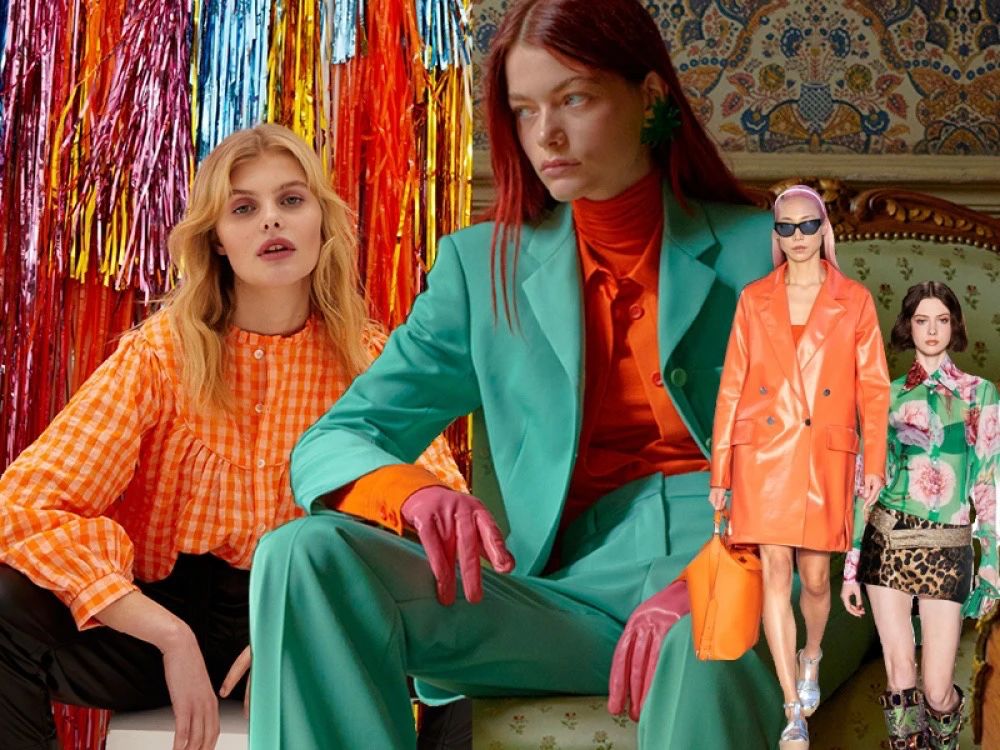
Iris Apfel
This centenarian, who is at the forefront of fashion, has gray hair as her signature look, complemented by dazzling clothing and exaggerated accessories, instantly creating a 100% dopamine atmosphere.
Apfel’s main job is as a designer, having renovated the White House for nine US presidents, but it does not prevent her from becoming a fashion icon for many. She has shared her attitude towards fashion – even at an advanced age, wearing exaggerated clothing is fine, and one should never stop dressing up. Wearing what you love and making yourself happy is the most meaningful thing.

Iris Apfel
In the art world, British contemporary artist David Hockney also shares a similar philosophy of dressing. Since the 1960s, he has been standing in the public eye, often wearing colorful sweaters, and is known as the “walking color palette.” He said: “Wearing bright colors makes me happy every day, and you need to do the same. Happiness is the strength to keep living.”

David Hockney and his works
Another artist, Frida Kahlo, had a rough life since childhood and found comfort in her daily attire. In her many self-portraits, people often see her wearing a brightly colored Mexican Tehuana dress, and she even chose a prosthetic leg with bright red leather boots for her lame foot. Kahlo found joy in clothing, and even though life tortured her a thousand times, she remained strong inside.
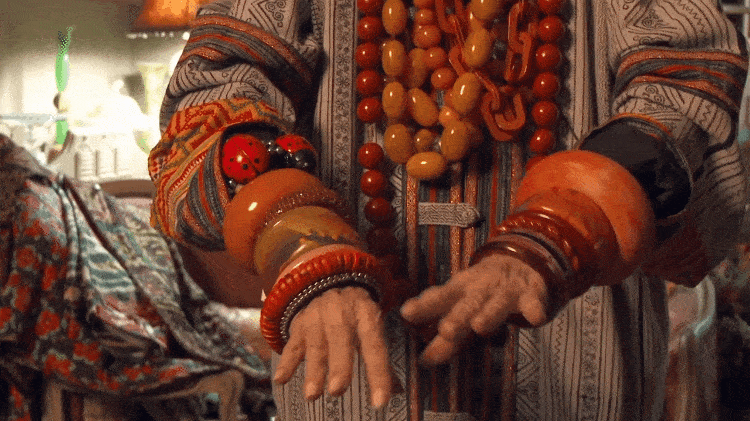
Frida Kahlo with “Reboso” shawl, 1939, photographer: Nickolas Muray
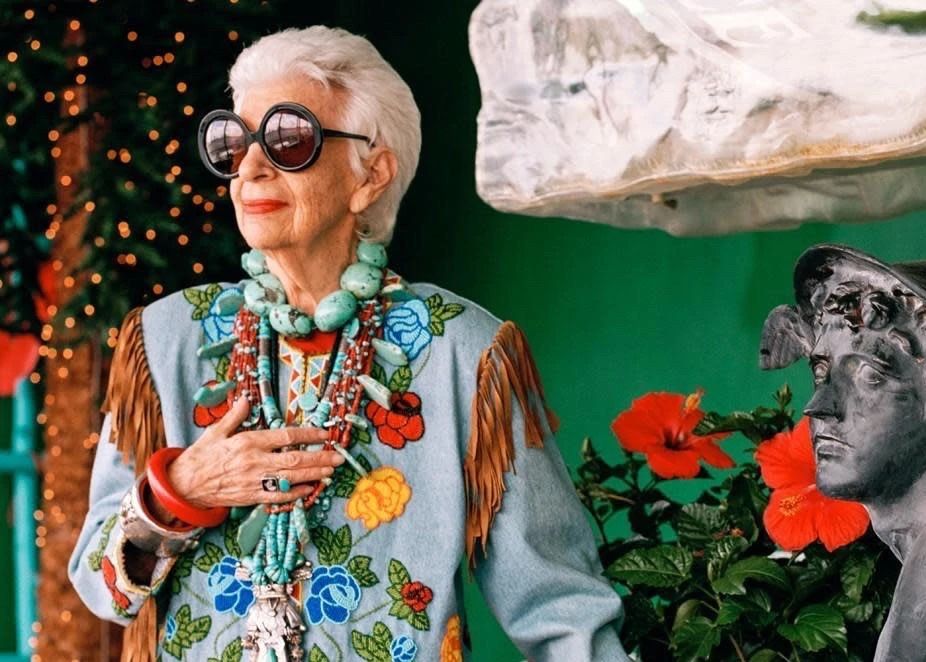
The prosthetic red leather boots from the Frida Kahlo: Making Her Self Up exhibition, 2018 ©Victoria and Albert Museum, London.
The artist’s dopamine dress code attempts to remind people that age, body shape, or gender should not be an excuse to hinder the freedom of dressing. Each color contains its unique brilliance, and the public can not only wear dopamine but also apply it in design.

In the current era where everyone is pursuing dopamine, the Memphis style has once again set off a trend worldwide, and some mischievous netizens have even jokingly referred to it as the “pioneer of dopamine design.” After all, what people need is not just clothing, but a spiritual experience – pleasure.

Architect Ettore Sottsass (©J. Emilio Flores/Corbis via Getty Images)

*Group Photo of Memphis Group Members*
In 1981, the Memphis Group was founded in Milan by the famous Italian designer Ettore Sottsass and a group of young designers. The name comes from a song by the singer Bob Dylan, who is a spokesperson for the rebellious culture.
Although the Memphis Group disbanded in 1988 after only seven years of existence, it has tens of thousands of fans around the world. The most famous fan is Karl Lagerfeld, also known as “Old Buddha”. In the 1980s, Old Buddha fell in love with the Memphis style of decoration and applied this design style to his entire apartment in Monaco.

Karl Lagerfeld’s apartment in Monaco
However, the dopamine style is not limited to minimalism or maximalism, maintaining pleasure is the first priority. American designer Justina Blakeney founded the design blog Jungalow in 2009 and shared her design principles with the public: complex designs and rich colors have the power to bring happiness.
02 Dopamine design
*Design by Justina Blakeney*
At the same time, the aesthetically advanced millennials have invented a new term, “minimal dopamine.” Its characteristic is the combination of a large number of single bright colors with minimalist items, which can not only meet consumers’ demand for versatile styles but also attract attention. This style can be reflected in the design of post-90s architect Anthony Authié. He transformed his home in Paris, which, although only 55 square meters and not a large house, is imbued with bright yellow by him, exuding a dopamine atmosphere everywhere.

Post-90s Architect Anthony Authié

“90s-born architect Anthony Authié’s design”

Over the past three years, people have accumulated too many emotions. Now, in the post-pandemic era, the colorful dopamine style has become a healing tool. Color healing is not a sudden occurrence; every era has a need to soothe the masses, and artists have noticed this phenomenon and have long been exploring this path.

Carlos Cruz Diez, a renowned master of color from the last century, is from Venezuela and has received awards such as the 2015 Turner Prize for Color. His works often combine high-contrast, bright color schemes with mediums such as neon tubes to create a healing environment. He believes that people’s observation of the outside world turns inward, allowing them to meditate on themselves while observing light.
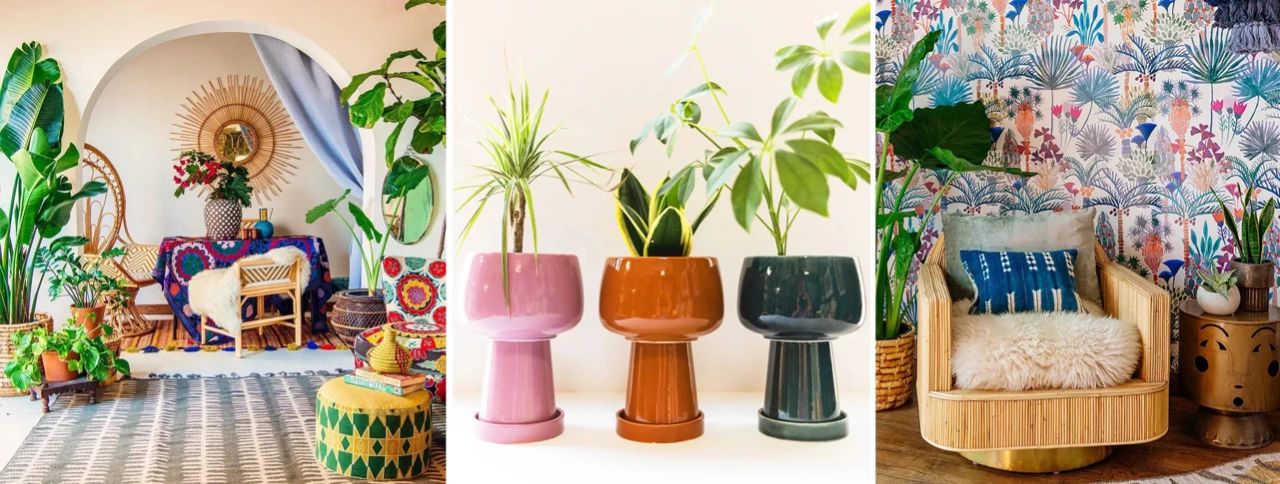
Carlos Cruz Diez’s “Chromosaturation” features neon tubes.
Daniel Buren, born in France in 1938, is known for his art that utilizes public spaces, colors, and light. He is one of the pioneers of the “site-specific” art concept. His works often feature contrasting color combinations, and when sunlight passes through these colorful geometric installations, it can stimulate the secretion of dopamine in people.

Daniel Buren’s solo exhibition “Going for a Walk in a Zigzag” at the Espoo Museum of Modern Art (EMMA) in Finland, 2022 ©EMMA
Known as a master of “controlling color and perception,” Ellsworth Kelly used bright colors in various creative forms such as painting, sculpture, and architecture to stimulate visual vibrations in the viewer. In Texas, one of his classic works is the “Rainbow Church,” which receives an average of 100,000 visitors per year. The church’s walls are adorned with 33 pieces of rainbow-colored glass in different shapes. When sunlight enters, the white walls inside the church will flicker with colorful light, transforming into a field of color therapy.

Ellsworth Kelly’s design, the “Rainbow Chapel” near the Blanton Museum of Art at the University of Texas at Austin ©Blanton Museum of Art.
As the summer solstice approaches, the world is gradually awakening after a long pandemic. Whether it’s fashion, design, or artistic creation, people are constantly looking for an outlet for emotions that have nowhere to go – clashing with bold and bright colors against the gloom of the times. Although dopamine fashion is also criticized as consumerism and color economy. However, from this summer limited style, from the existing colorful wardrobe, people can derive happiness, which is enough.
(Note: The article source is Fashion Bazaar Art)



